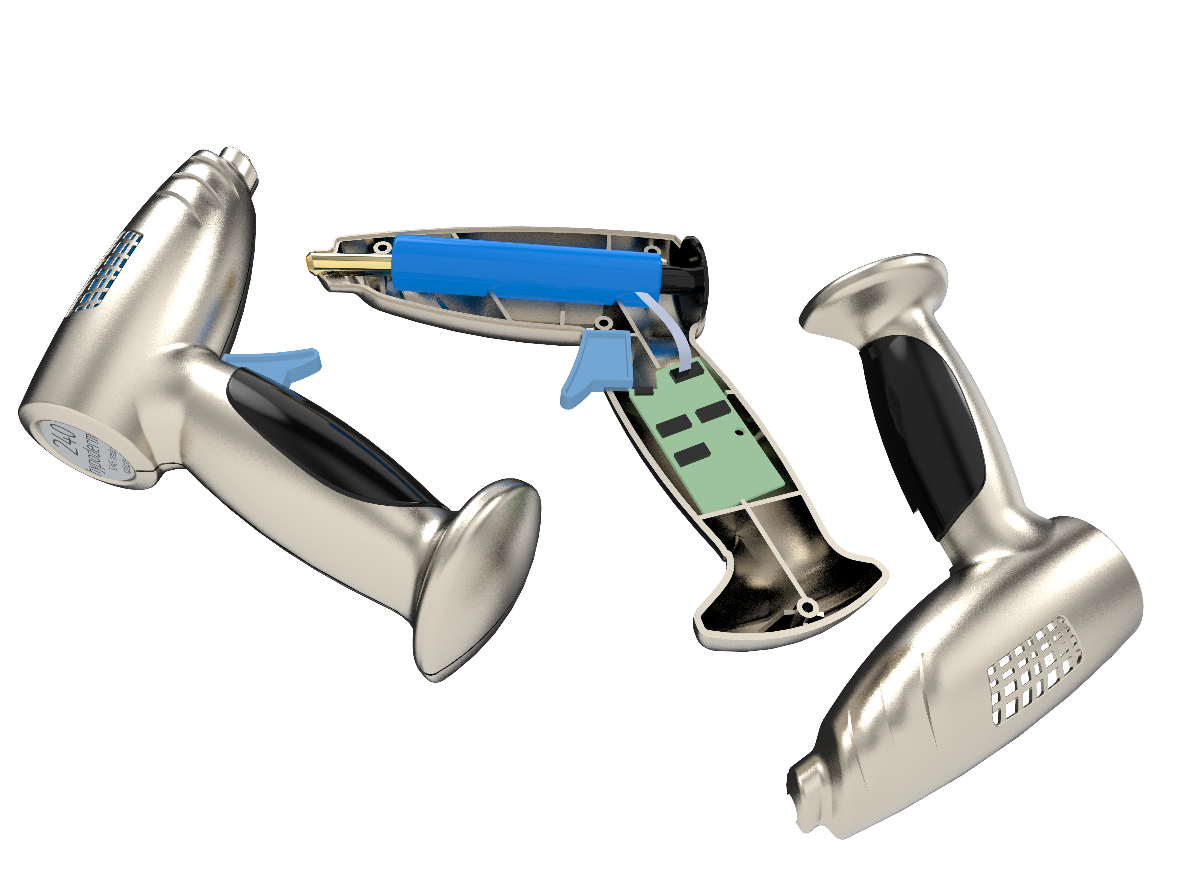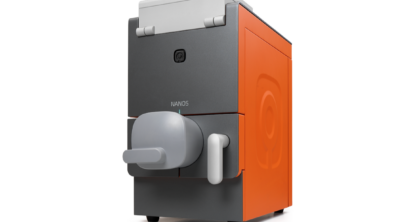5 Best Practices for Complex Shape Design

Ever wonder what the best way is to design complex shapes with computer-aided design (CAD) tools?
CAD provides the ultimate medium for communicating concepts – but complex shape design can be challenging for designers of any skill level. Best practices differ across industries and between companies, so it’s hard to find consensus on rules and guidelines.
Fortunately, some general principles for complex shape design are nearly universal, or apply in many cases. Recommendations of any kind should be taken a grain of context: designing automated machinery is different from designing medical equipment.
Our latest eBook, Best Practices in Complex Shape Design, introduces you to universal principles for complex shape design that can be put into practice for your own projects starting right now.
What’s inside?
Practical tips and discussion on topics that include:
-
- Layout and master model techniques
-
- Best practices for ordered modeling
-
- Simultaneous workflows and data management
Modeling complex shapes with Solid Edge
Best practice for complex design can be used in just about any project, but even best practice concepts are not the same in every type of design work. Best practice is always on the conservative rather than the risky end of the spectrum of design choices, and there are often good reasons to transgress best practice. Don’t use best practice as an excuse to hold rigid and unyielding ways of working.
Solid Edge has its own best practice rules that mirror those of general CAD with one exception: Solid Edge combines the power of synchronous technology to help circumvent many of the limitations and shortcomings of history-based tools. With the option to move between synchronous and history, Solid Edge allows users to tailor best practices to the specific type of work that needs to be done today.


